#Drops of Science
Explore tagged Tumblr posts
Text
¡Calles ruidosas, picos furiosos!
ENG Version ITA Version
Instagram Facebook Linktree

¿Qué sucede cuando intentas hablar con alguien, pero el ruido te interrumpe constantemente? Normalmente, subes la voz y, a veces, incluso te irritas. Algo similar se ha observado en la reinita amarilla (Setophaga petechia aureola), un pequeño pájaro nativo de las Islas Galápagos. Estas islas, famosas por los estudios de Darwin, están experimentando un fuerte impacto humano. La población crece un 6% cada año, lo que aumenta también el número de automóviles. Un grupo de investigadores quiso entender si el ruido del tráfico podía afectar el canto territorial de las reinitas, que se encuentran entre los animales más atropellados.
¿Por qué centrarse en este tipo de canto? Para muchas aves, la señalización vocal les ayuda a evitar peleas físicas, ya que los machos pueden evaluar a sus rivales solo por su canto, sin necesidad de un enfrentamiento directo, reduciendo así el riesgo de lesiones o muerte. Sin embargo, si el ruido enmascara las señales acústicas, se dificulta la evaluación de los oponentes, aumentando la probabilidad de agresión. Para investigarlo, los científicos realizaron experimentos en dos islas: Santa Cruz, con una de las carreteras más transitadas del archipiélago, y Floreana, donde tanto los autos como las personas son escasos.
Los investigadores grabaron cantos de reinitas y ruido del tráfico, y luego los reprodujeron en territorios cercanos a las carreteras y en aquellos a más de 100 metros de distancia. Los resultados mostraron que las reinitas respondieron a los sonidos con comportamientos de defensa territorial, independientemente del tipo de sonido. Sin embargo, las aves con territorios cerca de la carretera se volvieron más agresivas cuando el canto se combinaba con ruido del tráfico, mientras que las que estaban más lejos redujeron su agresividad. Esto puede deberse a la interferencia del ruido con la comunicación, lo que dificulta evaluar a un intruso y hace que recurran más a la defensa física.
El número de cantos no cambió, pero la frecuencia mínima aumentó ligeramente con el ruido. La frecuencia de pico, es decir, la de mayor intensidad, solo aumentó en las aves que estaban lejos de la carretera. La duración del canto aumentó en Santa Cruz pero disminuyó en Floreana. Los cambios en la frecuencia y la duración sugieren un intento de compensar el ruido, pero podría haber un límite a partir del cual la comunicación deja de ser efectiva. Estos resultados son clave porque, durante mucho tiempo, las Galápagos se han considerado un laboratorio natural, pero el impacto humano creciente ya está alterando el comportamiento de la fauna local.
¡Hasta Pronto y Buena Ciencia!
Fuente Fuente Foto
#drops of science#noticias#ciencias naturales#zoología#galápagos#tráfico#contaminación acústica#biodiversidad#comportamiento animal#ornitología#impacto humano#efectos del ruido#adaptaciones animales#evolución#conservación#investigación científica#naturaleza#biología#cambios ambientales#aves#ecología#fauna silvestre#divulgación científica#sonido y comunicación#medio ambiente#antropización
7 notes
·
View notes
Text
Meet the seven new frog species we just named after iconic Star Trek captains!
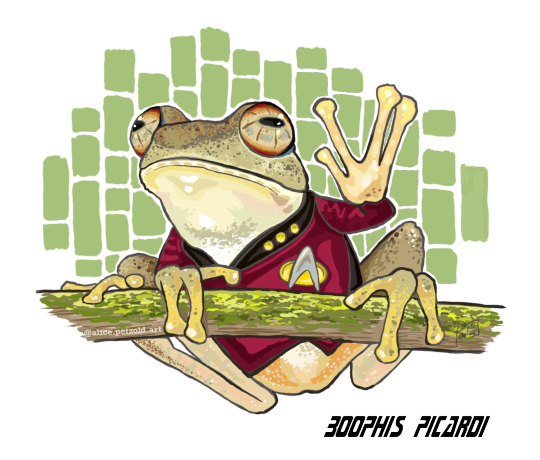
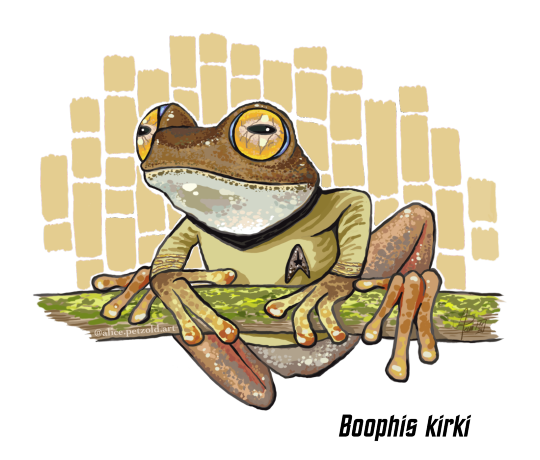
Artwork by A. Petzold, CC BY-ND 4.0
At the right time of year along rushing streams in the humid rainforests that stretch the length of Madagascar's eastern and northern mountain ridges, otherworldly trills of piercing whistles can be heard.
Are they birds? Insects? Communicator beeps? Tricorder noises?
No, they're little treefrogs!
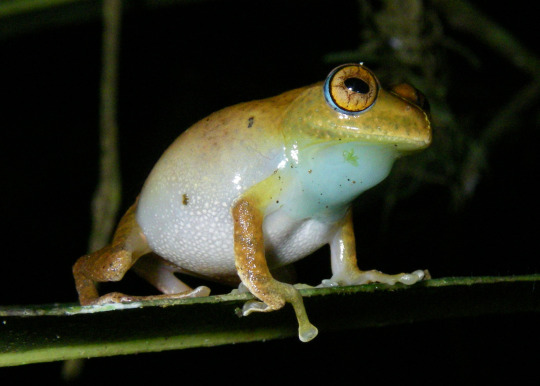
Boophis janewayae. Photo by M. Vences, CC BY-SA 4.0
Until recently, we thought all of the populations of these little brown frogs across the island were one widespread species, Boophis marojezensis, described in 1994. But genetics in the early 2000s and 2010s showed that there were several species here, not just one.
Now my colleagues and I have shown that they are in fact eight separate species, each with unique calls!
These whistling sounds reminded us so much of Star Trek sound effects that we decided to name the seven new species after Star Trek captains: Boophis kirki, B. picardi, B. janewayae, B. siskoi, B. pikei, B. archeri, and B. burnhamae.
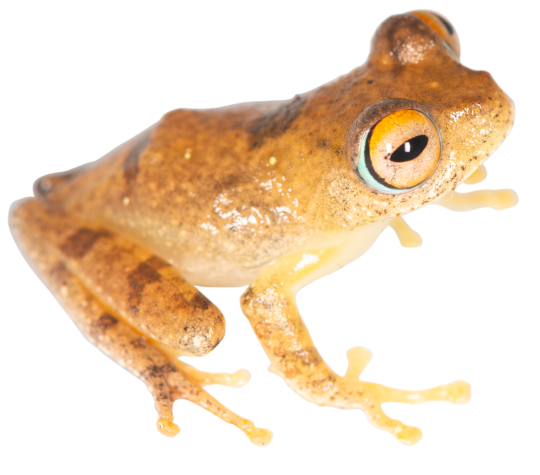



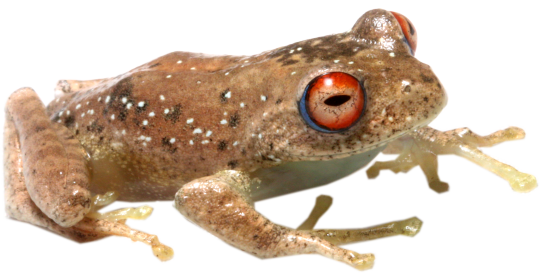


Photos of all new species described by Vences et al. 2024. CC BY-SA 4.0
I subtly and not-so-subtly built some Star Trek references into the paper, but probably the best one is this one:
'Finding these frogs sometimes requires considerable trekking; pursuing strange new calls, to seek out new frogs in new forests; boldly going where no herpetologist has gone before.'
— Vences et al. 2024
There’s a real sense of scientific discovery and exploration here, which we think is in the spirit of Star Trek.
Of course, it doesn't hurt that there are at least two Trekkies amongst the authors (including yours truly). As fans of Star Trek, we are also just pleased to dedicate these new species to the characters who have inspired and entertained us over the decades.
On a personal note, this marks a milestone for me, as it means I have now described over 100 frog species! I am very pleased that the 100th is Captain Janeway's Bright-eyed Frog, Boophis janewayae (if you count them in order of appearance in the paper)—she is probably my favourite captain, and I really love Star Trek: Voyager.
You can read more about the discovery of these new species on my website! You can also read the Open Access paper published in Vertebrate Zoology here.
#news#breaking news#Star Trek#new species#science#animals#WAKE UP BABE NEW FROGS JUST DROPPED#Boophis#Boophis janewayae#Boophis burnhamae#Boophis siskoi#Boophis pikei#Boophis archeri#Boophis kirki#Boophis picardi#in which nerds bring their nerdiness to work#Engage#WERE YOU WATCHING THIS SPACE?#THE FINAL FRONTIER?#DID YOU GET THE REFERENCE‽#Every time I have used that tag it has made me giddy with glee#you thought I was just goofin'#but I was FORESHADOWING#There's frogs in that nebula
8K notes
·
View notes
Text
4th Episode is out
News from Natural Sciences in Spanish, English and Italian
0 notes
Text









c'mon Sixer, it's like the World's Greatest Playpen! 100% safe!
#gravity falls#non euclidean geometry au#bill cipher#pyramid steve#ford pines#billford#parent au#they should not be parents#warn a guy next time bill!#...you know ford drops pyramid steve back in#for science#for enrichment#skydiving for free#my art#comic
2K notes
·
View notes
Text


₊˚⊹Tetragnatha webs dappled in morning dew₊⟡⋆
#forest doll#tetragnatha#spider webs#spider web#morning dew#dew#dew drops#morning#good morning#fairycore#cottagecore#whimsigoth#midwest#dollcore#nature photography#naturecore#earth science#science#biodiversity#biology#spider#forest#nature#enchanted woodland#magic#fairy#woodland#art#my photo#my edit
505 notes
·
View notes
Text
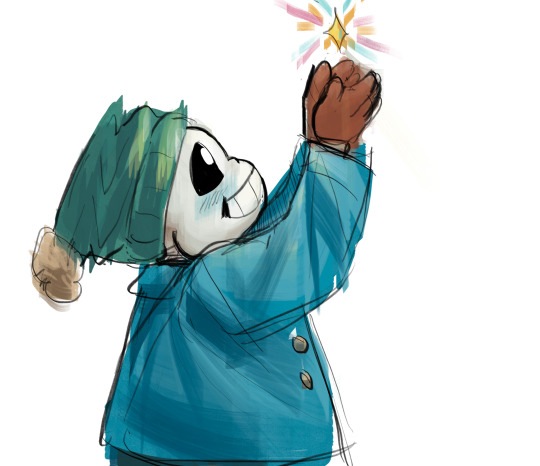

#uni has been kicking my ass#I understand why sans dropped out of science stuff#he is happy at his mini market in deltarune#the answer has been there the whole time#undertale fanart#undertale#sans undertale#sans the skeleton#undertale comic#papyrus#sans#fanart#anyways#dadster#baby sans#babybones
689 notes
·
View notes
Photo
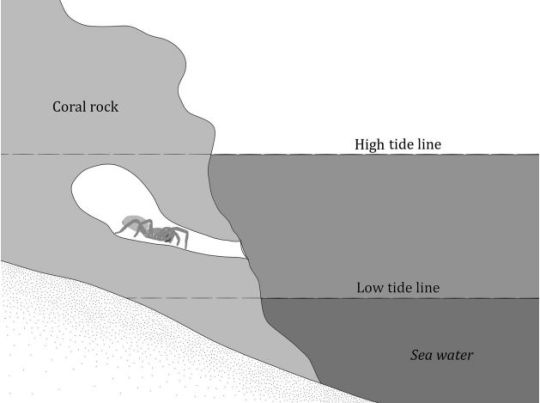
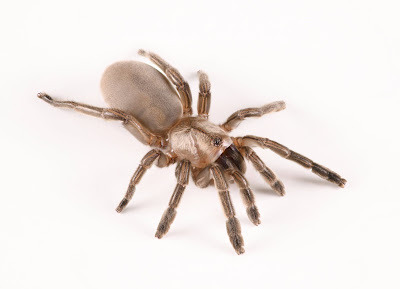
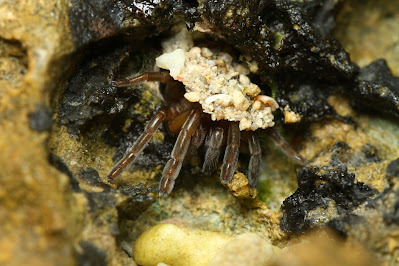
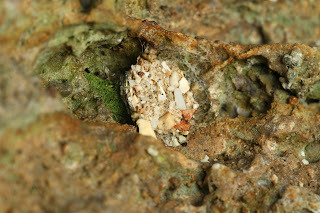
Idioctis parilarilao: A new species of Intertidal Trapdoor Spider from Taiwan
One of only a few species of spiders known to live in marine intertidal zones
Info and images via: Yu et al, Journal of Arachnology on 6 October 2023
#great news everyone#new spider dropped#bugs#arachnids#spider#trapdoor spider#intertidal trapdoor spider#science#nature#news#Idioctis parilarilao#one nice bug
7K notes
·
View notes
Text
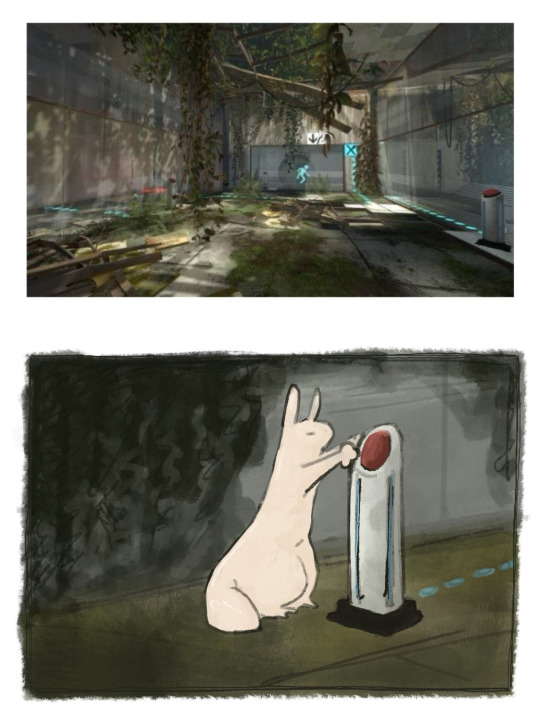
another background practise but this time not exactly rain world
#my art#rain world#rainworld#slugcat#background#practice#practise#have no idea how to spell practise#i think aperture science should be honoured to have such a guest#portal#portal 2#aperture science#oh my i didn’t realise how late it is#goodnight tumblr#i need a name for you guys#drop your name suggestions in the comments 😋😋
3K notes
·
View notes
Text

Liam every time Theo accidentally, off-handedly drops another piece of horrifying, fucked up lore like he’s talking about the weather
#theo raeken#teen wolf#liam dunbar#lol#teen wolf shitpost#I go here now lmao#LIMH Fic tag#Theo dropping seemingly random but highly specific Facts every now and again for funsies#Liam is constantly waiting for the next Traumatising Event out of his mouth#Theo: Well actually this is -#Liam: If this is going to be another horrifying Weird Science Fact please give me time to mentally brace myself#Theo: ….no. <3
270 notes
·
View notes
Text





they should set their differences aside and work together. imagine the horrors they could create
#(for science. you monster)#new k-class scenerio just dropped#portal 2#portal#aperture science#scp#scp foundation#black mesa#half life#chaos insurgency#async#backrooms#the backrooms#my worst idea#“with the power of friendship!!” ass post#elements of disharmony
1K notes
·
View notes
Text
New Crocodiles Among the Islands
ESP version ITA version
Instagram Facebook Linktree

Going to live on an island can change you, sometimes so drastically that it rewrites your entire evolutionary history. That's what happened in Mexico, where an international team of researchers, trying to reconstruct the evolutionary relationships of American crocodiles, found themselves with more species than previously thought.
Crocodiles of the genus Crocodylus arrived in America about 5 million years ago, giving rise to 4 species: Crocodylus moreletii (low risk), C. acutus (vulnerable), C. rhombifer and C. intermedius (both critically endangered). Reconstructing their evolutionary relationships is essential to protect them, but until now it was a complex and unclear story. The team focused on C. acutus, a large and threatened species, exploring 2 populations never studied before: those of the islands of Cozumel and Banco Chinchorro, isolated from the Caribbean sea currents.
Samples were collected from eight locations (71 C. acutus, 24 C. moreletii, 5 C. rhombifer) and integrated existing data from Panama. The DNA was analyzed using the RAD-seq technique, which allows the detection of thousands of SNPs, DNA locations where a single base can vary between individuals, revealing genetic diversity. The analysis of more than 13,000 SNPs showed that Cozumel and Banco Chinchorro possess numerous unique alleles and extraordinary genetic variety. Not only that, but the two groups have been genetically isolated for more than 11,000 years, enough time to favor the evolution of new traits. The evolutionary tree drawn confirms three main groups: an insular one (Cozumel and Banco Chinchorro), a Panamanian one and a Mexican Pacific one. The differences do not end there: by analyzing the shape of the skulls, the researchers discovered that the crocodiles of Cozumel have longer and narrower snouts, while those of Banco Chinchorro show distinct but less accentuated characteristics. Differences in the post-occipital and caudal scales reinforce the idea of a separation at the species level.
Currently, Banco Chinchorro is home to about 718 individuals, Cozumel about 523. These populations are part of the Mesoamerican Barrier Reef System, where ocean currents limit genetic exchanges, allowing the development of independent evolutionary lines. For this reason, the researchers are considering formally recognizing these populations as new species, a step that would be of enormous value for their conservation.
See You Soon and Good Science!
Source Pic by Tomás Castelazo
#crocodiles#islands#evolution#biodiversity#new species#genetic isolation#Cozumel#Banco Chinchorro#conservation#nature#animals#DNA#scientific discoveries#natural sciences#science#news#latest news#drops of science#mexico
5 notes
·
View notes
Text

Thank you for the idea @technicalgator
#my art#engiemedic#science party#it’s the sweetest thing engies ever heard#he has such a way with words such a romantic#the quality drop is crazyyyy what happened
2K notes
·
View notes
Text
episode 3 out now
0 notes
Text
Prompt 338
So the GIW is the Ghost Investigation Ward and not the Ghost Extermination Ward, yes? Hear me out, hm?
See, it’s really hard to study ecto-entities when they’re going all over in and out of the world. Really hard! And of course they aren’t like, sentient, studies for years before the boom in this one town showed this! But, the overgrown not-birds (they’re still debating that) are really hard to watch doing their natural thing when they naturally mimic people around them!
So! They got this idea, right? Their operatives can capture some! They’ve even made enclosures based off of what they currently know! It’s like containing crows, down to the mimicry & puzzle solving just er, with opposable thumbs and intangibility.
And they don’t succeed first tries of course (Wow were said operatives frustrated and maybe cursing a bit that might be a bit violently) but then they get some assistance from the Fentons! Trying to hit an ecto-entities’ wings in a way to not permanently injure them is hard, but the new net canons that a ghost can’t pass through? Perfect!
They have so many specimens now! They even released a few that were very much uncontainable- they rely on technology a bit and that entity kept unlocking all the doors. So catch and release with that one it is!
They even managed to catch the white-haired ghost! In double! Which might not seem that important, but! As they realize during intake & initial examination (wow are they bitey) the two appear to be young! Something their ectobiologists only theorized about but oh are they excited! (Now if only the two would stop trying to escape their enclosure that’d be swell! Look, toys! Foo- oh dear God that baby ecto-entity is melting- Oh few, okay note taken to raise ambient ecto levels in that room dear god that was horrifying and stressful. … Maybe get some feelers out for feeding unstable energy entities…)
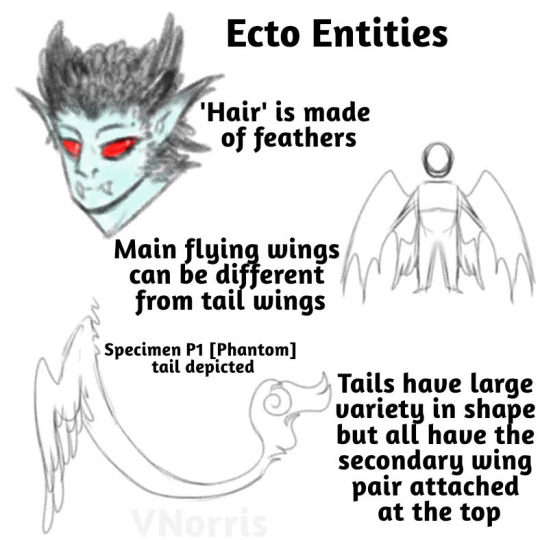
#my art#DCxDP#DPxDC#Prompts#Ghosts Have Wings#But I combined it with dragon ghosts sort of so more like Ghosts are humanoid Quetzals#Everyone thinks the GIW are trying to kill the ghosts but they’re trying to study them#Ghosts also speak Ghost Speak & humans can’t understand#Danny is panicking when Ellie starts to melt#He also is now terrified of leaving because the thing keeping her stable is the high ecto in the enclosure#The GIW scientists: It’s like having a heat lamp with chicks to keep their temperature from dropping but like ecto levels!#Technus poking at altered wildlife collar: What a strange snazzy necklace!#Danny: I wonder where Johnny & Kitty are- it’s been quiet from them for a bit…#Kitty & Johnny: Yo let us out let us out Let Us Out jesus fuckin christ they can’t hear us through this glass#Skulker brooding on the perch in the wall of his cell: I would shoot you if I had any weapons left- if you come in here I Will Gut You#GIW: Wow what a large variety of vocalizations! So much Science!#Fentons: Huh I wonder where Danny is- gotta finish this contract first though!#Jazz calling JL non emergency line because the police have already dismissed her: my brother is missing and idk what to do
403 notes
·
View notes
Text
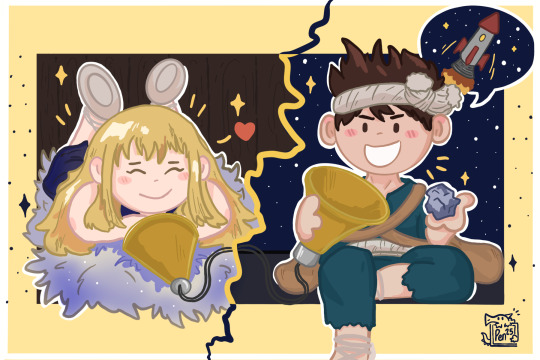
late night calls <3
#ruri dr stone#chrome dr stone#dr stone#dcst#anime and manga#*drops art and runs*#they’re so cute together <3#chrome would yap about science all night and ruri would be the best listener ;0;#anyway my friends and I got to s3 ep 11 last night so my heart is yearning for some wholesome drst content right about now haha xD#it’s been fun experimenting with more anime - looking art recently#but it’s also nice to come back to my old style <3#also somehow my first time drawing drst characters who aren’t suika xD
139 notes
·
View notes

